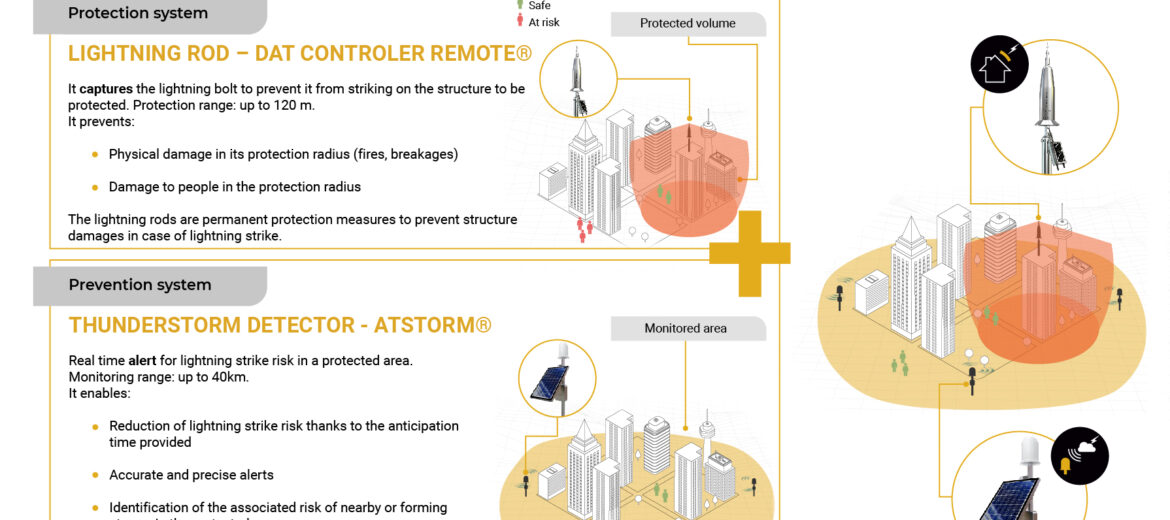Study of lightning protection. What does it consider? How is it carried out?
In every construction project it is essential to consider lightning protection in order to comply with standards. Aplicaciones Tecnológicas offers a complete service of lightning protection study which includes the necessary technical documents, calculations and plans to offer the appropriate project according to the needs and standards.


